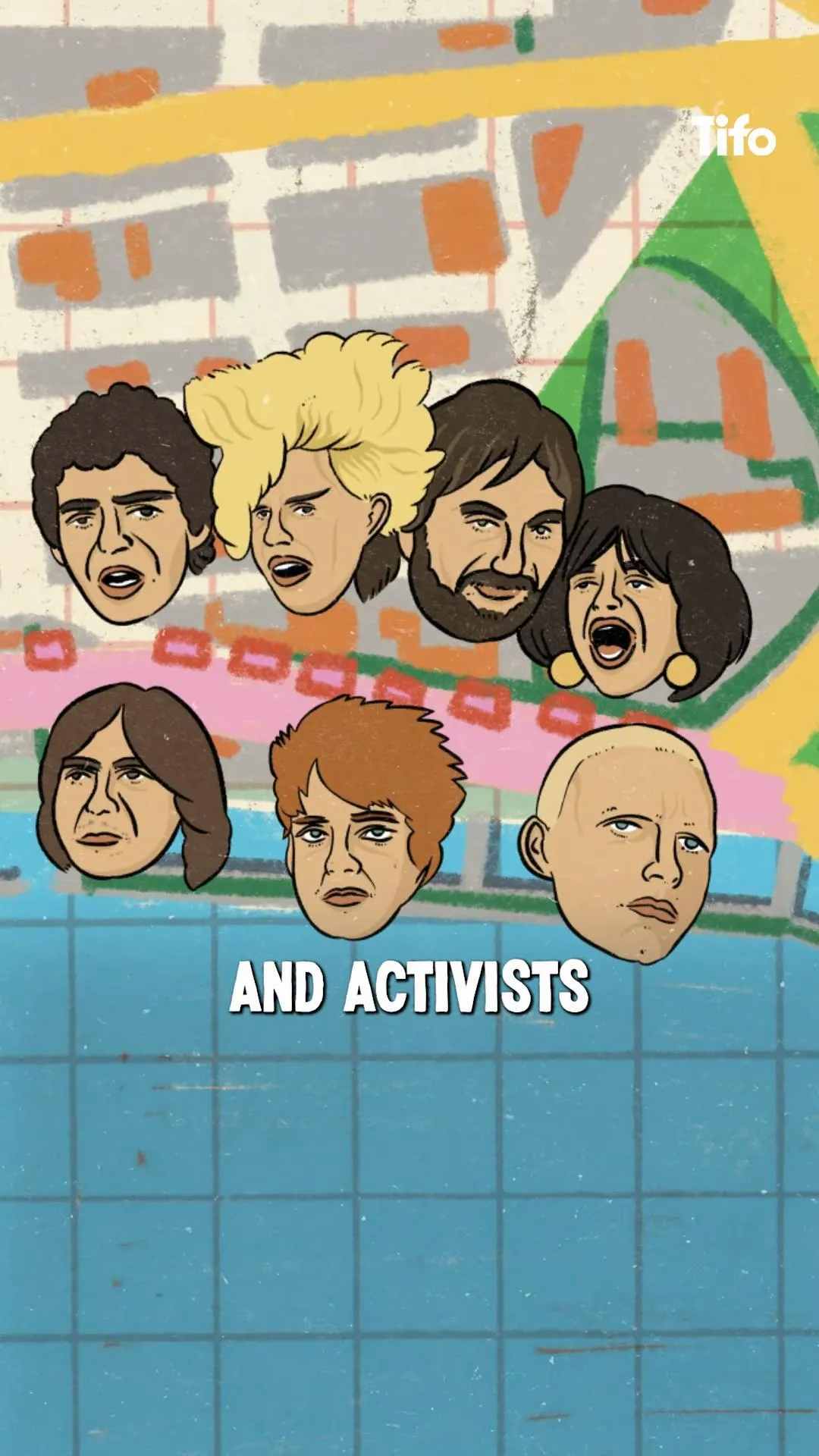The St. Pauli pirate flag is not just a mere emblem; it represents a rich tapestry of culture, rebellion, and community in Hamburg, Germany. But what exactly is the story behind this iconic flag? Why has it become synonymous with one of the most progressive football clubs in Europe? The St. Pauli football club, known for its unique identity, has transcended beyond the sport, becoming a beacon of leftist politics and social activism. This blog post delves into the fascinating history of the St. Pauli pirate flag and how it came to symbolize a vibrant community spirit.
Have you ever wondered how a football club’s symbol can reflect its fans’ values? The St. Pauli pirate flag is a perfect example of this phenomenon. It originated in the early 1980s amidst a backdrop of social upheaval and activism in Hamburg. In this post, we will explore how this flag emerged from a squatting movement and solidified itself as a cultural icon that resonates with fans worldwide.
The Origin of the St. Pauli Pirate Flag
The story of the St. Pauli pirate flag begins in 1981 when a group of students, punks, and activists squatted a dozen houses in Hamburg’s infamous St. Pauli district. This area was a hub of counterculture and anti-establishment sentiment, making it the perfect setting for a rebellion against the authorities. The squatters faced a decade-long struggle with the city and its police, determined to resist eviction from their makeshift homes.
The Squatters and Their Struggle
During this turbulent time, the squatters were not just fighting for housing; they were also establishing a community that embraced progressive values. The unique character of St. Pauli attracted many who opposed the traditional norms of society. Their activism was often met with violent resistance from local authorities, but the spirit of resistance thrived.
The Arrival of the Pirate Flag
According to local legend, during the mid-1980s, a punk who had infiltrated a local football match brought along a skull and crossbones flag, originally a symbol of piracy and rebellion. This flag, representing defiance and freedom, was raised over one of the terraces at Millerntor Stadium, home to FC St. Pauli. The moment was pivotal; the flag quickly became a symbol of the club, resonating deeply with its fans.
The Cultural Significance of the St. Pauli Pirate Flag
The St. Pauli pirate flag has evolved to represent much more than just a symbol of a football club. It embodies the ideals of anti-fascism, inclusivity, and social justice that have become synonymous with the club’s identity. Fans of St. Pauli are known for their progressive stance and their willingness to fight for diverse causes, making the pirate flag a powerful emblem of their beliefs.
Embracing Diversity and Inclusion
One of the key messages that the St. Pauli pirate flag conveys is the importance of diversity within the football community. The club has made significant efforts to create an inclusive environment for fans of all backgrounds, and the flag serves as a constant reminder of these values. Through various initiatives, St. Pauli has welcomed LGBTQ+ fans, anti-racist movements, and organizations advocating for social equality.
The Pirate Flag as a Political Statement
When fans wave the St. Pauli pirate flag at matches, they are not just cheering for their team; they are making a political statement. The flag has become a symbol of resistance against oppression and a call to action for social justice. This has attracted a diverse fan base, with many seeing St. Pauli as a club that stands for their beliefs. As a result, the pirate flag has transcended the realm of football, becoming a powerful icon for activism and change.

The Symbol of Rebellion in European Football
The St. Pauli pirate flag is now recognized beyond the borders of Hamburg and Germany. It has become an icon in European football, representing a unique blend of sporting passion and political activism. The club’s ethos has drawn fans from around the globe who resonate with its message of resistance and community.
Global Recognition and Influence
Clubs from different countries have taken notice of St. Pauli’s approach, fostering similar movements within their fanbases. The pirate flag has appeared in various stadiums, symbolizing a global call for social justice. This widespread recognition has solidified St. Pauli’s place in the footballing world as a progressive powerhouse.
Partnerships and Collaborations
In recent years, St. Pauli has engaged in partnerships with various organizations that align with their values. These collaborations have further amplified the club’s message and the significance of the St. Pauli pirate flag. Fans often participate in charitable initiatives that reflect the club’s commitment to social causes, reinforcing the idea that football can be a force for good.

Key Takeaways: The Legacy of the St. Pauli Pirate Flag
- The St. Pauli pirate flag originated from a squatting movement in Hamburg in the 1980s.
- It symbolizes the club’s commitment to progressive values, inclusivity, and social justice.
- The flag has transcended football, becoming a global icon for activism and change.
- St. Pauli’s approach has influenced other clubs and fanbases, fostering a movement of social awareness in football.
For more on the culture and politics surrounding St. Pauli, you can explore resources like Bundesliga’s overview and Breaking the Lines’ historical insights.
The St. Pauli pirate flag has become a landmark in the football community, symbolizing much more than just a club’s identity. It embodies a spirit of rebellion, community, and social justice that resonates with many. As fans continue to wave this iconic flag at matches, they not only cheer for their team but also advocate for a more inclusive and just society. The legacy of the St. Pauli pirate flag serves as a powerful reminder that football can indeed be a platform for change and a voice for the unheard.
